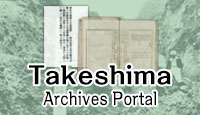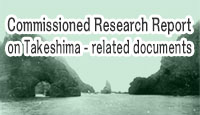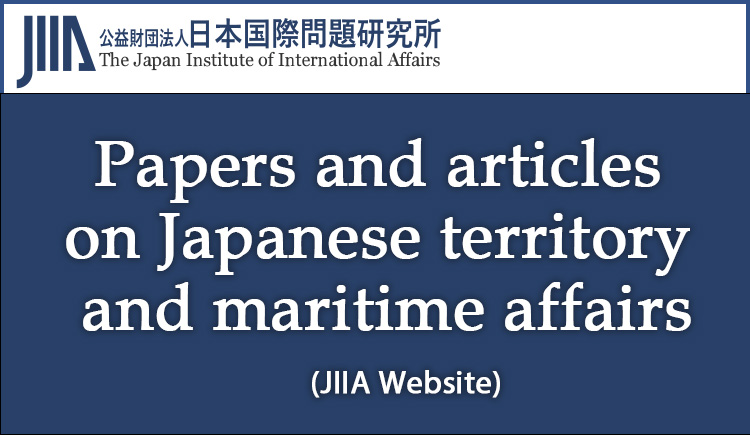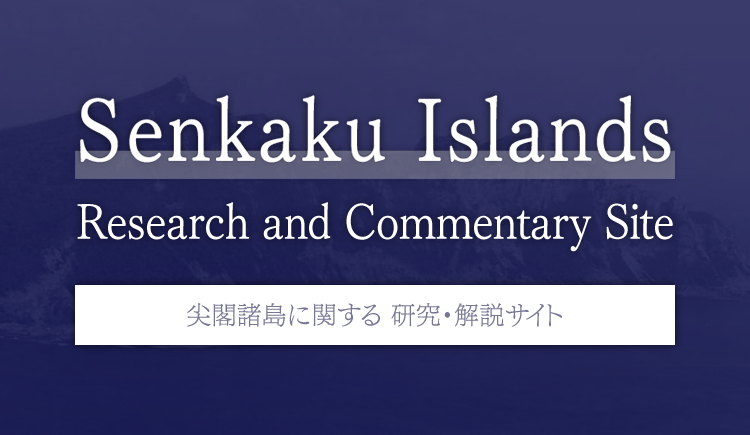The documents and materials published on this website were collected, researched, and prepared with advice from experts, as a part of a Government-commissioned project. The contents of this website do not reflect the views of the Government. Links to external sites (domains other than https://www.cas.go.jp) are not under the management of this site. For linked websites, please check with the organization/group that manages the website for the link in question.
Analysis of claims by other countries
4. Changes in the South Korea’s Social Studies Curriculum
While the 2018 revised social studies curriculum did not introduce changes to subject structures, descriptions of the Takeshima issue in middle school 'History' and high school 'Korean History' were simplified, and references in the modern history segment were removed. In the 2022 revision, the Takeshima issue was completely omitted from the middle school 'History' curriculum, while its description in the middle school 'Social Studies'〈Geography domain〉was further simplified. In high school 'Korean History II', references to Takeshima were limited to modern history. This contradicts the 2015 curriculum’s stance that 'Dokdo should be approached not as a territorial issue but as a historical issue,' but the reasons for this change remain unclear.
In elementary school 'Social Studies', the Takeshima issue was moved from the '(8) Future of a Unified Korea and Global Peace' unit in the 2015 curriculum back to the '(1) Travelling Through Our National Territory' unit in the 2022 revision, which focuses on South Korea’s natural environment. The unit has a more practical tone, and the emphasis on using the Takeshima issue as a framework to consider the future of the Korean Peninsula, as seen in the 2015 revision, has diminished. Additionally, the phrase 'inherent territory', which appeared six times in the 2015 curriculum, was removed entirely in the 2022 revision, also indicating a shift in its approach. The term 'inherent territory' refers to a land that has 'never been under the sovereignty of another country' (2017 Commentary on the Curriculum Guidelines for elementary schools), but it is also used to strongly emphasise territorial claims. This is likely the case in South Korea as well.
The 2022 revision of high school 'Korean Geography Exploration' includes a policy stating that 'The goal of territorial education is to develop an accurate understanding of our territory and cultivate patriotism, ensuring that learning outcomes do not lead to hatred towards neighbouring countries or unfounded anti-Japanese or anti-Chinese sentiments'. This aligns with the shift in elementary school 'Social Studies' towards a more pragmatic approach.
Conclusion
Below is a list of subjects in the South Korean social studies curriculum that addressed the Takeshima issue:
| 1997 Revision | Middle school 'National History', High school 'Modern Korean History' |
| 2007 Revision | Middle school 'Social Studies'〈Geography domain〉, High school 'Korean Geography' |
| 2010 Revision | Middle school 'Social Studies'〈Geography domain〉, Middle school 'History', High school 'Korean Geography', High school 'Korean History' |
| 2011 Revision | Elementary school 'Social Studies', Middle school 'Social Studies'〈Geography Domain〉 & 〈General Social Studies Domain〉, Middle school 'History', High school 'Korean History', High school 'East Asian History' |
| 2015 Revision | Elementary school 'Social Studies', Middle school 'Social Studies'〈Geography domain〉, Middle school 'History', High school 'Korean History', High school 'East Asian History', High school 'Korean Geography' |
| 2018 Revision | Elementary school 'Social Studies', Middle school 'Social Studies'〈Geography domain〉, Middle school 'History', High school 'Korean History', High school 'East Asian History', High school 'Korean Geography' |
| 2022 Revision | Elementary school 'Social Studies', Middle school 'Social Studies' 〈Geography domain〉, High school 'Korean History II', High school 'Korean Geography Exploration' |
The above revisions, particularly in the 2010 and 2011 curriculum revisions, expanded the number of subjects and descriptions addressing the Takeshima issue, reaching their peak in the 2015 revision. These changes appear to have been a response to the increase in descriptions of the Takeshima issue in Japan’s Curriculum Guidelines and its Commentary. However, in the 2018 and 2022 revisions, descriptions of the Takeshima issue were simplified, and the number of subjects covering it decreased.
These changes suggest that South Korea’s approach to 'Dokdo education' lacks a consistent strategy. At the same time, the emphasis on active learning has remained unchanged. The 2022 revision of the elementary school 'Social Studies' curriculum states that 'students can utilise the websites of institutions related to Dokdo to explore various sources of information about the island'. Japan should respond to this policy by enhancing multilingual dissemination of its claims to ensure their penetration among South Korean students.
Japan's argument is based on three main points: (1) the use of Takeshima under official recognition by the Tokugawa shogunate in the 17th century, (2) the incorporation of Takeshima into Shimane Prefecture in 1905 and the subsequent continuous exercise of administrative authority, and (3) the fact that the San Francisco Peace Treaty did not change Japan’s sovereignty over Takeshima based on them. South Korea has no grounds that surpass these claims. In particular, the San Francisco Peace Treaty is crucial, and explaining this fact in the Commentary on the Curriculum Guidelines is of vital importance.
Takeshima
Research and Commentary Site
- I Comprehensive issues
- II Commentary on themes by historical period
- III Analysis of claims by other countries





